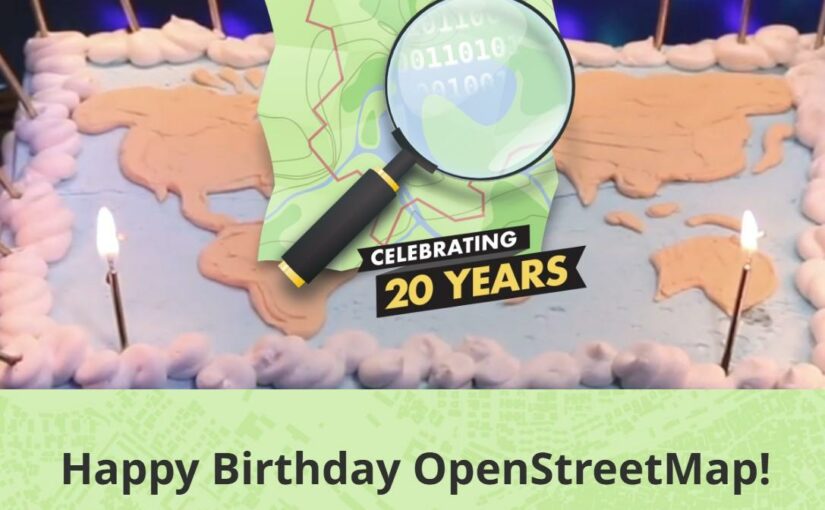I just figure: it is exactly 2 months since I wrote Good Bye posting on LinkedIn?. And it seems I’m ready for the next step: Good bye reading LinkedIn?
(more…)Author: Franz
-
Why we need Feedback on the Feedback
“Feedback is important!” – We’ve all heard this before. It’s an old adage.
I guess we also agree that feedback without any following actions is not only useless but demotivating. People will learn very quickly that “giving Feedback” is obviously useless and thus will not give feedback anymore. – End of Feedback culture.
(more…) -
The most important things about dailies …
… and what you’ve never read about them:
So, one of the most important reasons (besides the buzzword stuff), for me, is that I hear my colleagues. Not just WHAT they say, but HOW they say it.
(more…) -

20 Years of OpenStreetMap, 14 Years of Contribution and counting
Happy Birthday OpenStreetMap!
“In just twenty years, OpenStreetMap grew from a small UK-based mapping project into the largest crowdsourced and crowd-worked geospatial project of all time.” [Happy Birthday OpenStreetMap – Celebrating 20 Years]
I can’t even remember how I came across one of the best projects that we have. But I am super happy that Steve Coast started it, and that I decided to join.
I just checked and saw in my profile that I registered at 2010-04-30. But I do remember that I never wanted to contribute to GoogleMaps but contribute to a true OpenData project.
(more…) -
HomeOffice- vs Office-Discussion gone Wrong
I just read an article on t3n about reasons to be in the office and reasons to stay in the HomeOffice. It’s an interesting read, just at one point I could have screamed (maybe I even did)! 🤦♂️
(more…) -
The 3 pillars of transformation & change
You can talk a lot about agility and transformation etc. – I believe there are 3 basic pillars and EVERYONE can contribute to “change”:
- People who dare to speak up
- People who listen to it
- People who are willing to change
Those three tings alone are already a turbo for many small things that are simply super boring in the masses.
But also the other way round: if one of the three points is missing, save the energy – it won’t be successful.
The bonus is public praise for everyone involved in the project (project participants != only project managers) – but let’s start with the basics ;-)
-
Why do I feel triggered when Managers talk about AI?
I still don’t know why it triggers me so much when managers talk about “(Gen)AI” with such fascination. Maybe because I get the feeling that they tell themselves that IT problems will magically disappear?
But … what does ChatGPT say … the AI for sure must know (*cough*)
(more…) -
The truth about (Gen)AI
(✅ clickbait title)
Recently I attended a GenAI event organized by <big company>. All professional, interesting, insightful. Really good. (Really! I mean it! No sarcasm.)Until it hit me like a blow during a discussion:
I DO KNOW the whole plot already!
(more…) -
How to: Migrate from Outlook.com to GMail / Fix connected accounts
Microsoft / Outlook.com have silently removed connected accounts from outlook.com on July 1st, 2024.
TL;DR: Connected accounts are gone and cannot be fixed :-(
I only got aware of it as some people told me that my eMails were marked as “unverified sender” on their side. And indeed, eMails were suddenly sent via the outlook email server. Before I sent the mails through the SMTP server of my hosting provider.
(more…)